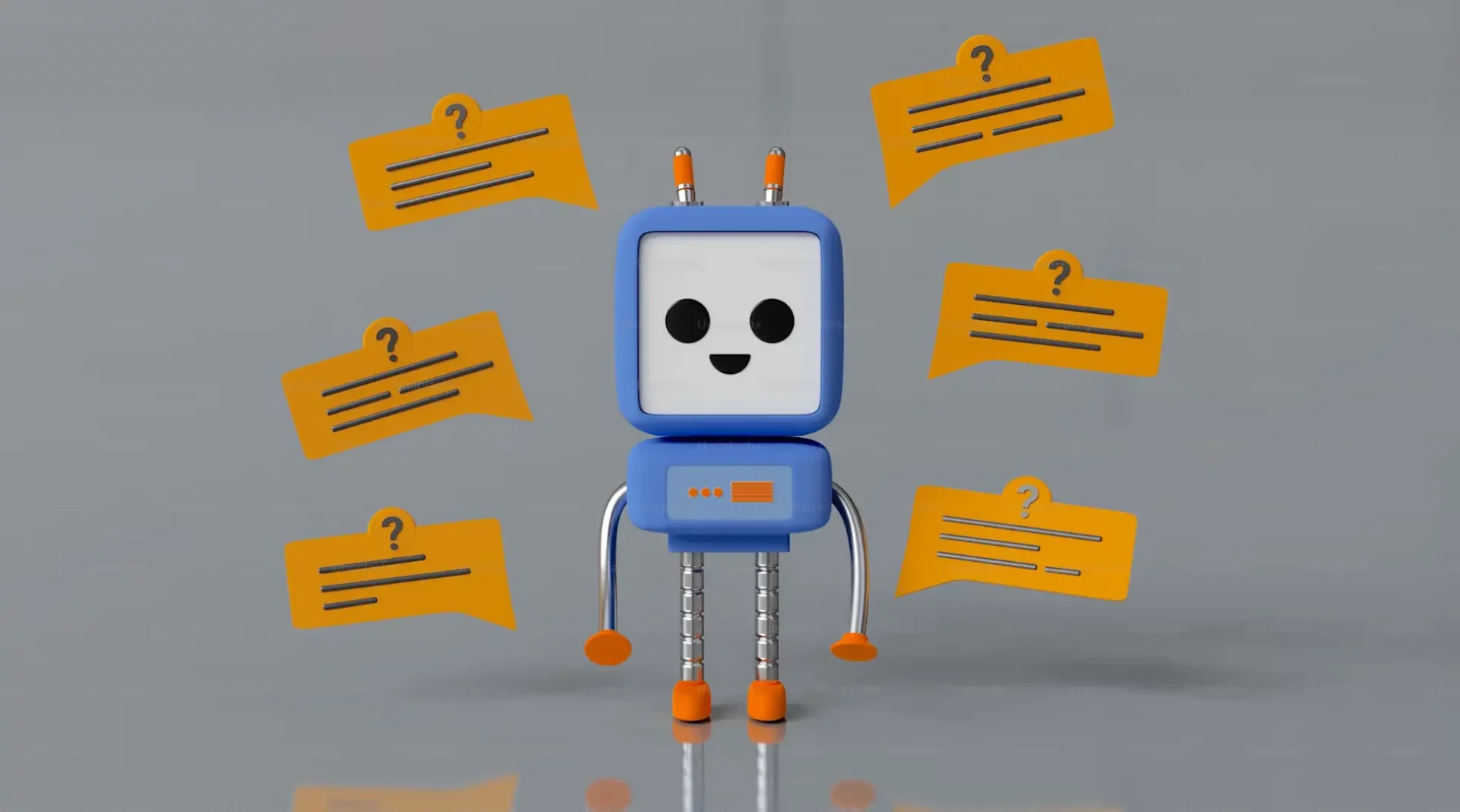How RPA and AI are Transforming Industries
Table of Content
Artificial Intelligence (AI) and Robotic Process Automation (RPA) have become crucial in reshaping modern businesses at the center of rapid technological progress and digital transformation. These technologies, once considered separate domains, are now converging. The combination of RPA and AI is helping businesses create fresh ideas and work in new, more productive ways.
Artificial Intelligence refers to the simulation of human intelligence in machines. These AI systems are designed to think like humans and mimic their actions, encompassing learning, reasoning, problem-solving, perception, and language understanding.
What is RPA?
Robotic Process Automation (RPA) involves using software robots or ‘bots’ to automate routine, rule-based tasks that human workers usually perform. These bots interact with digital systems and software to execute business processes.
How do companies use RPA?
Portfolio Management
Bancolombia, a leading Colombian bank, unveiled ‘invesbot,’ an innovative RPA Solution designed to empower clients in effectively managing their investment portfolios. This groundbreaking RPA automation software, the first of its kind in the country, encourages investors to explore and learn about stock market investing through an interactive and user-friendly interface.

Streamlining Supplier Onboarding
Companies are leveraging RPA automation software to streamline the supplier onboarding process. The RPA Solutions validate supplier details against criteria such as credit scores and tax information. If the supplied data meets the organization’s predefined standards, RPA automation software can automatically onboard the supplier, minimizing manual intervention and potential errors.
Enhancing Claims Processing in Insurance
RPA Solutions are transforming claims processing, a critical function for insurance companies. By automating tasks like gathering data from multiple sources, validating information, and processing claims, insurers can significantly improve efficiency, accuracy, and compliance with developing regulatory requirements using RPA automation software.

Optimizing Product Categorization and Inventory Management
Organizations are utilizing RPA Solutions to optimize product categorization and inventory management. The RPA automation software tracks product availability, generates insights, and enables companies to manufacture or restock products promptly, ensuring customer satisfaction and efficient inventory control.
Streamlining the Procurement-to-Payment Cycle
To maintain strong vendor relationships, companies are leveraging RPA automation software throughout the procurement-to-payment cycle. From onboarding new suppliers to processing invoices and making payments, RPA Solutions can handle various tasks with minimal human oversight and negligible errors, fostering better vendor collaboration.

Elevating Customer Service Operations
In the customer service domain, RPA automation software categorizes and segregates customer complaints, enabling faster query resolution. In certain cases, RPA Solutions can automatically respond to specific types of inquiries, reducing the workload on customer support teams while maintaining high service quality standards.
How do AI and RPA enable Intelligent Automation?
The integration of AI and RPA creates a powerful synergy, often referred to as Intelligent Automation. This combination benefits from both technologies’ strengths, allowing for the automation of complex tasks that require both efficiency and cognitive capabilities. AI brings enhanced decision-making abilities to the table, providing RPA with the cognitive power to analyze intricate data, make informed decisions, and learn from outcomes.
This fusion enables the automation of processes that involve both rule-based actions and decision-making, expanding the scope of automation beyond structured data and repetitive tasks.
Benefits of combining RPA with AI

Enhanced Process Intelligence and Decision-Making
When RPA and AI are integrated, they can elevate process intelligence and decision-making within an organization. By combining RPA solutions’ process automation capabilities with AI’s data analysis and pattern recognition, businesses can achieve higher efficiency, accuracy, and informed decision-making.
The fusion of RPA and AI allows for automating complex workflows requiring repetitive actions and cognitive input. AI algorithms can analyze intricate data, make informed decisions, and learn from outcomes, while RPA automation software excels at executing structured and repetitive tasks.
This synergy of RPA and AI enables organizations to navigate complex landscapes, such as regulatory environments, and offer more personalized services to customers while adapting to rapidly changing market conditions.
This collaborative approach of RPA and AI leads to dynamic optimization of processes, driving greater efficiency and accuracy within business operations.
Streamlined Customer-Centric Operations
The combination of RPA and AI can significantly enhance customer-centric operations across various industries.
In the financial services sector, for instance, the integration of RPA and AI can streamline processes like mortgage applicant processing and KYC (Know Your Customer) compliance. RPA automation software can automate data collection, document verification, and data entry tasks, while AI algorithms can analyze the collected data, evaluate credit risk, and suggest appropriate mortgage options based on the applicant’s financial history and market trends.
Similarly, in the insurance industry, RPA Solutions and AI can optimize policy renewal and management processes. AI can examine past claims, customer behavior, and market trends to identify opportunities for policyholders to adjust their coverage or take advantage of discounts. RPA automation software bots can then automate policy renewal reminders and premium calculations, enhancing operational efficiency and customer satisfaction.

Optimized Supply Chain Management
Retailers can leverage the power of RPA and AI to optimize inventory management and supply chain operations. By integrating RPA automation software with ERP systems, businesses can automate inventory tracking, order processing, and stock replenishment tasks. AI algorithms can then analyze sales data, market trends, and external factors like weather forecasts to predict demand, optimize stock levels, and prevent overstock or stockouts, ultimately reducing costs and improving operational efficiency.
Moreover, by combining RPA Solutions and AI, businesses can implement dynamic pricing strategies to optimize revenue. While RPA automation software can update prices across various sales channels based on competitors’ pricing, AI can study consumer behavior and market conditions to suggest optimal pricing strategies that enhance the company’s revenue stream and maintain a competitive edge in the market.

Fraud Detection and Risk Mitigation
The integration of RPA and AI can significantly enhance fraud detection and risk mitigation capabilities across industries.
Similarly, in the financial services industry, the combination of RPA Solutions and AI can strengthen anti-money laundering (AML) and KYC processes. RPA automation software can automate data collection and verification tasks, while AI algorithms can analyze customer data, transaction patterns, and other relevant information to identify potential risks and compliance issues, enabling more effective risk management and regulatory compliance.
Summary
The powerful synergy between Robotic Process Automation (RPA) and Artificial Intelligence (AI) is undeniable. This integration of RPA and AI, often referred to as Intelligent Automation, harnesses the strengths of both technologies, empowering organizations to streamline processes, enhance decision-making, and deliver personalized customer experiences.
By leveraging RPA automation software’s efficiency in automating repetitive tasks and AI’s cognitive capabilities in data analysis and pattern recognition, businesses can navigate complex regulatory environments, optimize supply chain operations, and mitigate risks more effectively.
But imagine if there was a tool that effortlessly merged RPA Solutions and AI, offering a flexible platform to automate workflows and empower users with an AI Copilot.
Robylon AI offers such a solution, empowering users to build AI assistants that truly understand their needs and can guide, help, and take action on their behalf, using plain English. With features like Actions & Workflows, Usage Analytics, Triggers & Schedulers, and an Integrations Ecosystem, Robylon AI enables users to streamline tedious manual processes, execute actions across multiple software platforms, and gain insights into frequently used features.
Want to learn more? Book a demo with us!







